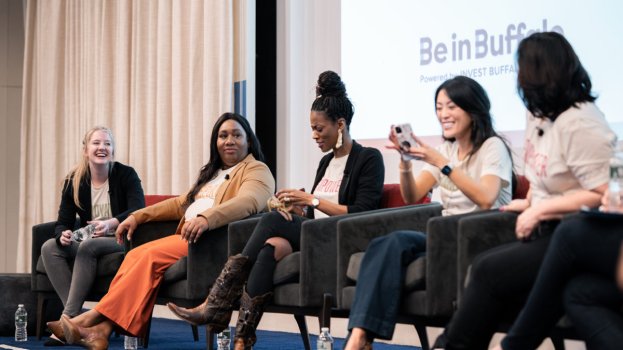Crypto Content Marketing – Best Practices
- Technology Solutions
- 0 Replies
Language has existed for a very long time, according to human history and evolution. There is content in all written works, including religious scriptures, fiction, poetry, and thought-leadership articles. Humans are content with their food. You must be able to market your items efficiently in order to attract a huge audience. The crypto content marketing , which are now the most popular on the internet, are in high demand.
Cryptocurrency has emerged as a serious financial adversary as a result of the market development of crypto companies. The decentralized, fast, and superior financial system of the Bitcoin market frequently surpasses banks.
It is tough for new cryptocurrency enterprises to get momentum due to high demand and competition. Newcomers are stealing consumers from several well-known bitcoin companies. As a result, content marketing is critical for blockchain-based projects.
For those who are planning to launch NFT or crypto project could consider these best practices.
Offer Values
It’s a tough industry with a slew of intertwined challenges. Develop your skills and provide specific information to your clientele. Exaggeration and jargon should be avoided in your writing. Both newbies and seasoned specialists should be able to grasp your material.
To successfully communicate information, use graphs, tables, charts, and other visual aids. This makes it easier for people to understand what you’re saying.
When writing your content, keep both novices and experts in mind. Even seasoned specialists will struggle to understand technical jargon while working with a newbie. Jargon is a waste of time.
If you must use technical terminology, make sure they are adequately explained. This will increase trust and familiarity with your business. Long-term assets are clients who have proved reliability and loyalty.
Continue reading: https://cryptomode.com/crypto-content-marketing-best-practices/
Cryptocurrency has emerged as a serious financial adversary as a result of the market development of crypto companies. The decentralized, fast, and superior financial system of the Bitcoin market frequently surpasses banks.
It is tough for new cryptocurrency enterprises to get momentum due to high demand and competition. Newcomers are stealing consumers from several well-known bitcoin companies. As a result, content marketing is critical for blockchain-based projects.
For those who are planning to launch NFT or crypto project could consider these best practices.
Offer Values
It’s a tough industry with a slew of intertwined challenges. Develop your skills and provide specific information to your clientele. Exaggeration and jargon should be avoided in your writing. Both newbies and seasoned specialists should be able to grasp your material.
To successfully communicate information, use graphs, tables, charts, and other visual aids. This makes it easier for people to understand what you’re saying.
When writing your content, keep both novices and experts in mind. Even seasoned specialists will struggle to understand technical jargon while working with a newbie. Jargon is a waste of time.
If you must use technical terminology, make sure they are adequately explained. This will increase trust and familiarity with your business. Long-term assets are clients who have proved reliability and loyalty.
Continue reading: https://cryptomode.com/crypto-content-marketing-best-practices/

























